Welcome to the fascinating world of wren homes! These charming little birds with their melodious songs and lively personalities are a delight to have in any garden. While many bird enthusiasts know the basics of building a birdhouse, creating the perfect nesting box specifically for wrens involves some surprising considerations that many overlook. These small but particular birds have specific preferences that, when accommodated, can significantly increase your chances of attracting them to your yard. Let’s explore some hidden facts about building wren houses that might just change your approach to backyard bird habitats.
Wrens Prefer Their Entrance Holes Surprisingly Small
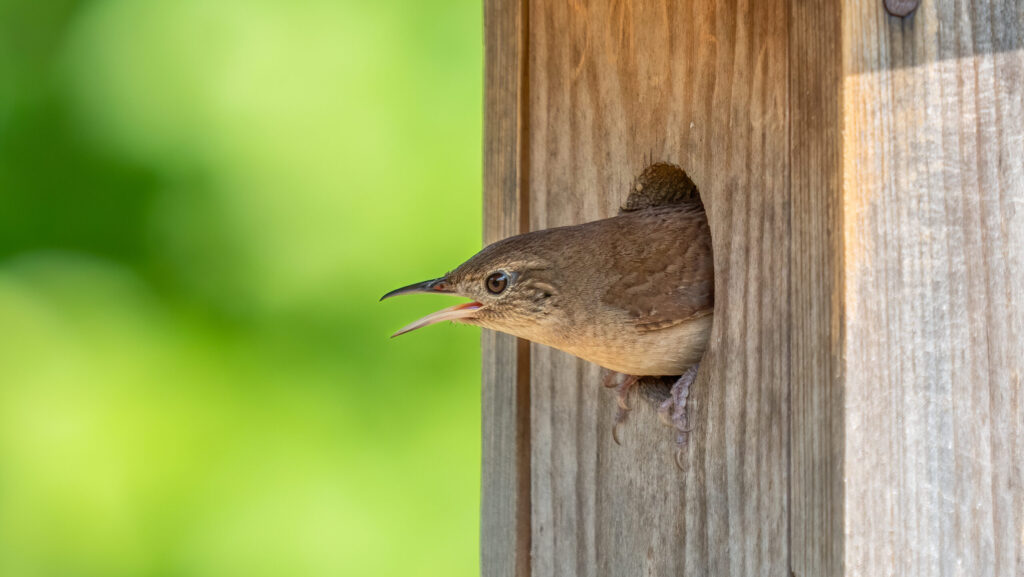
When it comes to wren house entrances, size matters in unexpected ways. While you might assume a larger hole would be more inviting, wrens actually prefer entrance holes measuring exactly 1 to 1¼ inches in diameter—no more, no less. This specific size is perfect for wrens to enter comfortably while keeping larger competing birds and predators out. House wrens, in particular, can squeeze through holes as small as 7/8 inch, though this might be too restrictive for Carolina wrens. This precise sizing serves as a natural protection mechanism, creating a safe space that’s exclusively wren-sized.
The Ideal Nesting Box Height Is Lower Than You Might Think
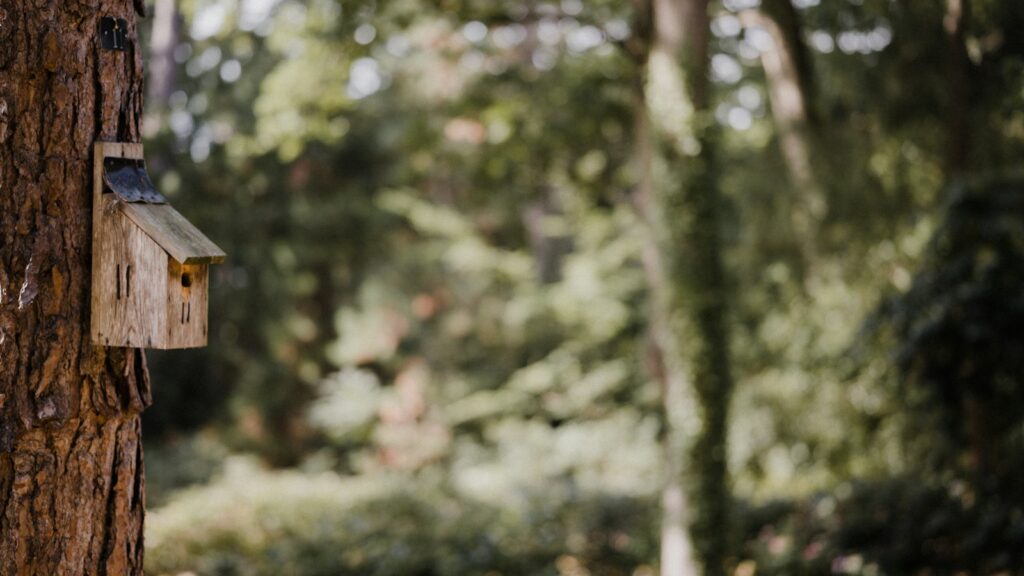
Contrary to popular belief, wrens don’t necessarily prefer their homes positioned at great heights. While many bird enthusiasts instinctively place birdhouses high in trees, wrens are quite content with nesting boxes placed just 5 to 10 feet off the ground. In fact, placing the box at this more moderate height makes it more accessible for monitoring and cleaning while still providing sufficient safety from ground predators. Wrens are more concerned with the location relative to good foraging grounds and shelter than with extreme heights, making your nesting box placement strategy simpler than you might have assumed.
Drainage Holes Are More Critical Than Ventilation
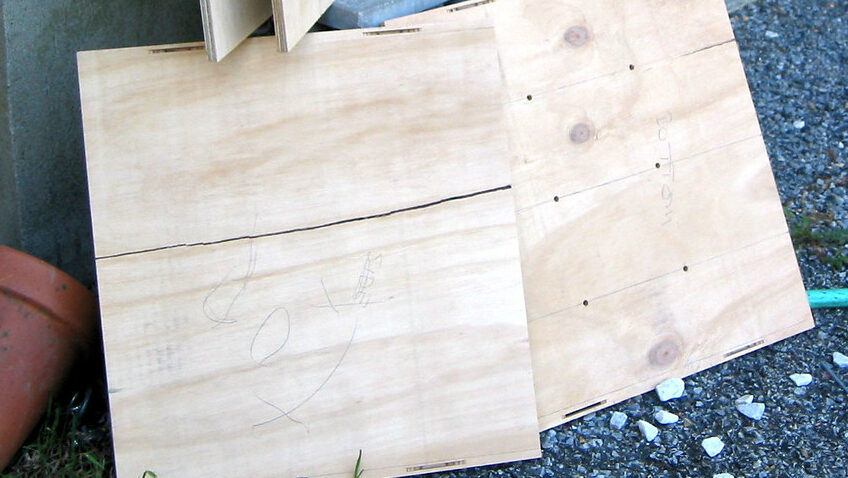
Many birdhouse plans emphasize ventilation, but for wrens, proper drainage can be even more crucial to nesting success. Without adequate drainage, even small amounts of rain can enter the box and create damp conditions that endanger eggs and nestlings. The ideal wren house should have at least four ¼-inch drainage holes drilled in the bottom corners of the floor. These holes allow water to escape quickly while being small enough to prevent drafts from below. Experienced wren house builders often slightly angle the floor downward toward the entrance to further facilitate water runoff, creating a drier, healthier environment for developing wren families.
Wrens Prefer Rough Interior Walls Over Smooth Surfaces
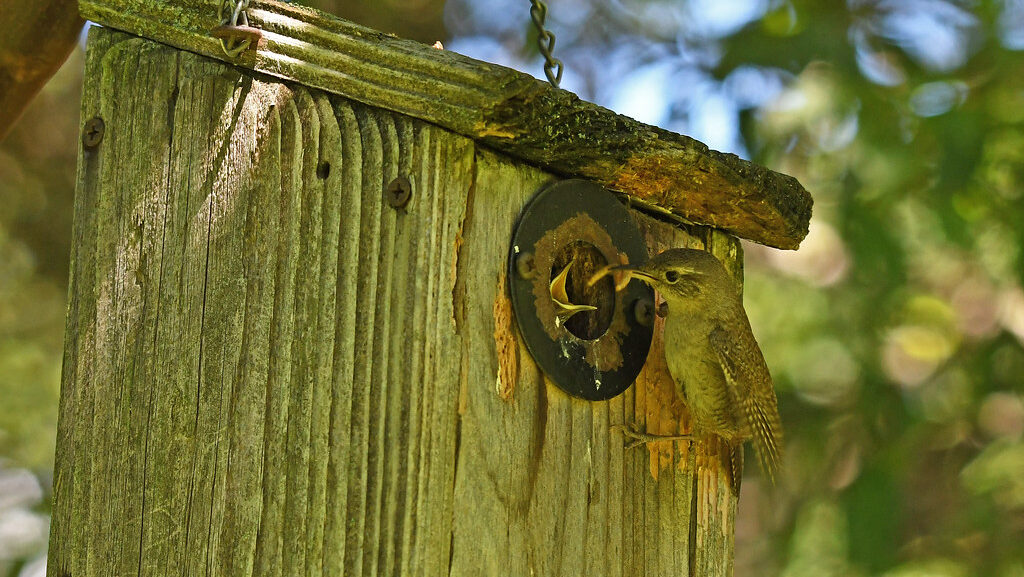
While aesthetically pleasing smooth-sanded interiors might seem like the considerate choice for your feathered friends, wrens actually prefer the opposite. Rough, unsanded interior walls provide much-needed grip for fledglings as they prepare to leave the nest. These textured surfaces allow young wrens to climb up to the entrance hole when it’s time for their first flight. Without these natural “ladder rungs,” young birds may struggle to exit the box when the time comes. Some dedicated wren house builders even add shallow horizontal grooves or attach small pieces of hardware cloth to the interior wall beneath the entrance hole to create a more navigable surface for inexperienced climbers.
The Perfect Nesting Box Is Surprisingly Shallow
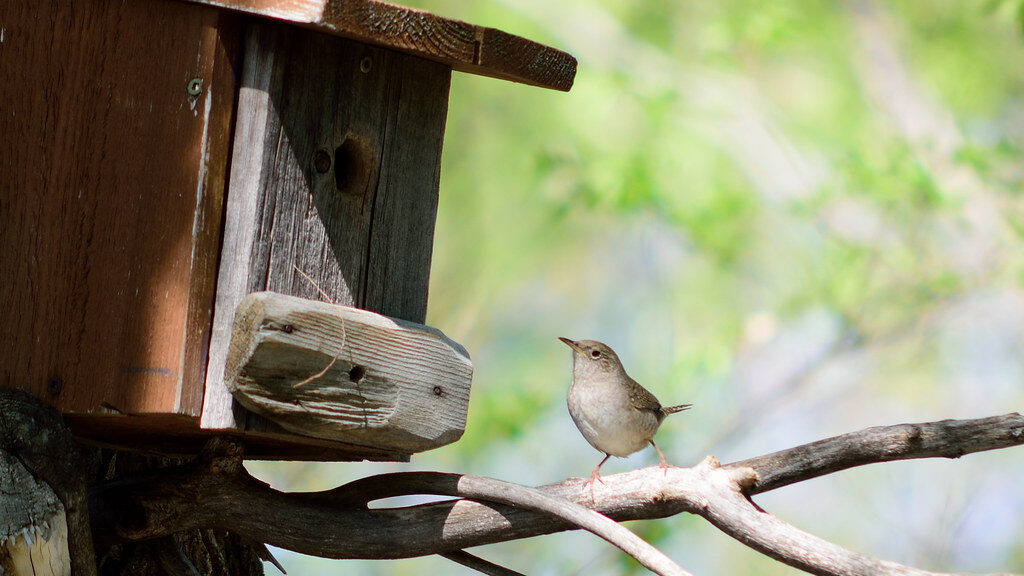
When designing a wren house, the internal depth measurements matter more than you might expect. The optimal distance from the entrance hole to the floor should be between 4 and 6 inches—significantly less than many standard birdhouse designs. This shallow depth allows parent wrens to easily drop food into the mouths of their nestlings without having to fully enter the box each time. Additionally, the shorter distance provides fledglings with an easier journey to the entrance when it’s time to leave the nest. If your box is deeper than this, consider adding an internal platform to raise the nest height to this ideal measurement.
Wrens Are Particular About Roof Overhangs
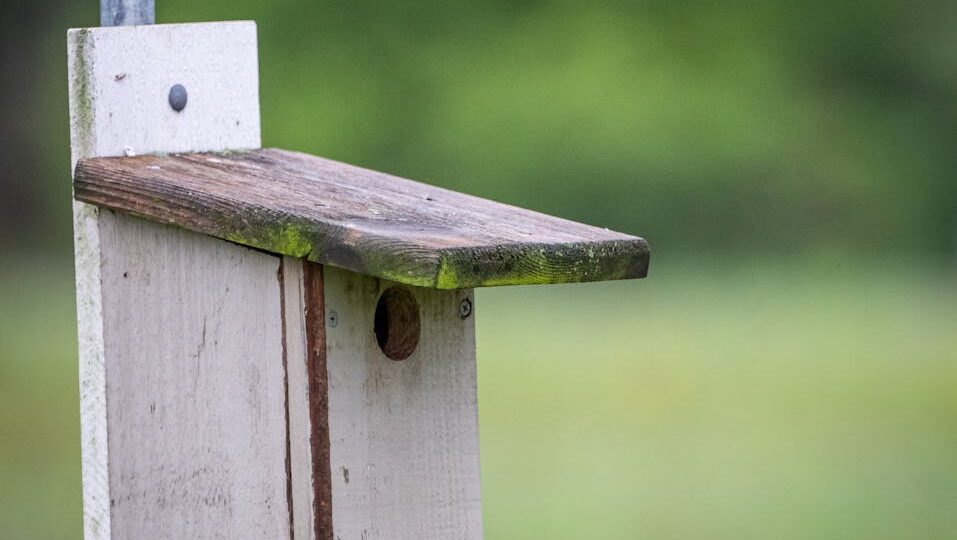
The roof of your wren house serves more than just a decorative function—it provides crucial protection against the elements. Surprisingly, wrens prefer houses with significant roof overhangs extending at least 2 to 3 inches beyond the entrance hole. This architectural feature helps shield the entrance from driving rain and provides a small amount of shade during hot weather. Extended overhangs also make it more difficult for predators to reach into the entrance. Some wren enthusiasts incorporate sloped roofs with even longer front overhangs, creating a more protected microenvironment that can significantly increase nesting success rates in areas with variable weather conditions.
Predator Guards Are Non-Negotiable for Wren Success
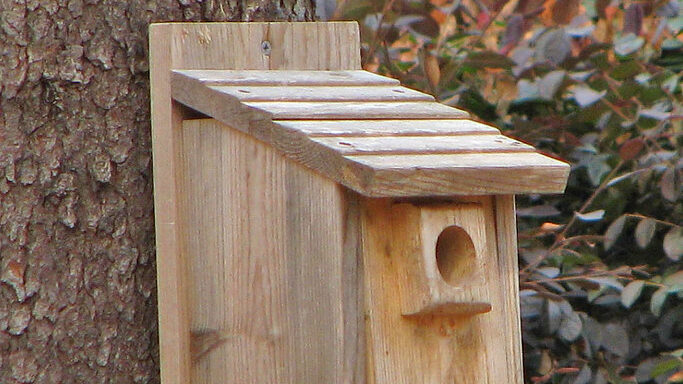
One of the most overlooked aspects of effective wren houses is proper predator protection. While the small entrance hole provides some defense, dedicated predator guards can dramatically increase nesting success rates. Mounting the box on a metal pole with a baffle prevents climbing predators like snakes, raccoons, and cats from reaching the nest. Another effective method is to extend the entrance hole into a short tunnel, making it impossible for predators to reach inside with their paws. These simple additions might seem excessive, but studies show that properly protected nest boxes can have success rates up to three times higher than unprotected ones, making this “extra” feature actually essential.
Wrens Need Specific Interior Dimensions
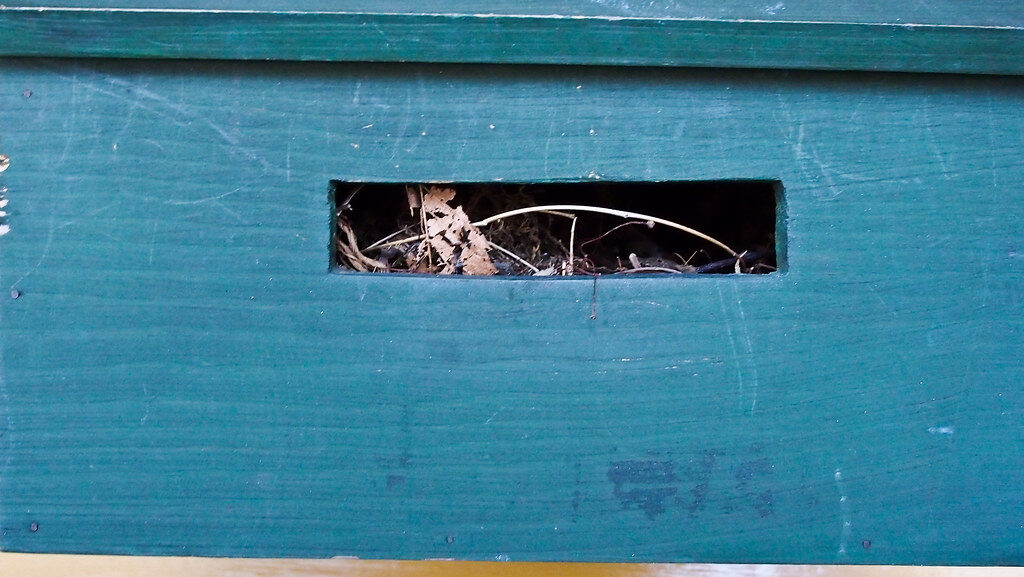
The interior size of your wren house influences not just comfort but actual nesting behavior. The optimal floor dimensions for a wren house are approximately 4 inches by 4 inches, creating a compact space that wrens prefer. Many novice builders make the mistake of creating too large an interior, assuming more space is better for the birds. However, wrens instinctively seek out snug cavities that provide better protection and are easier to defend from competitors. A larger floor area can actually discourage wrens from using the box altogether, as they associate overly spacious cavities with potential predator access or difficulty in maintaining appropriate nest temperatures for their young.
Mounting Location Matters More Than Direction
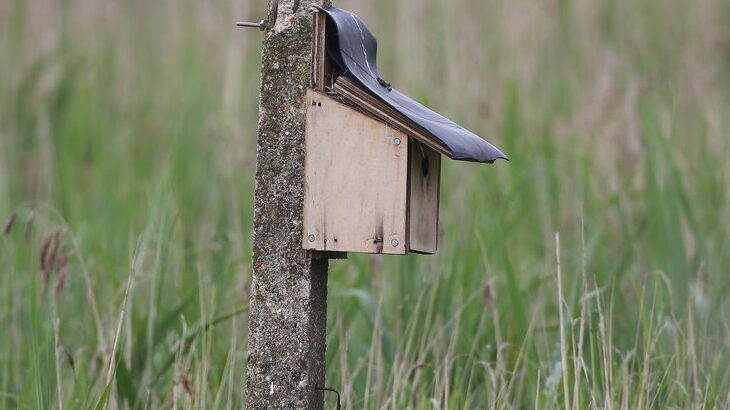
While many birdhouse guides emphasize facing the entrance in a specific cardinal direction, wrens are far more concerned with the surrounding habitat than with which way their front door points. Wrens strongly prefer nesting boxes placed near brush piles, shrubs, or areas with dense vegetation that provide immediate cover when leaving or approaching the nest. This protective cover should be within 10-15 feet of the nesting box, allowing wrens to quickly dart to safety if threatened. Studies have shown that boxes placed in open areas with no nearby cover have dramatically lower occupancy rates regardless of which direction they face, making your placement strategy more about proximity to protective vegetation than about compass orientation.
Wrens Prefer Unpainted, Natural Wood
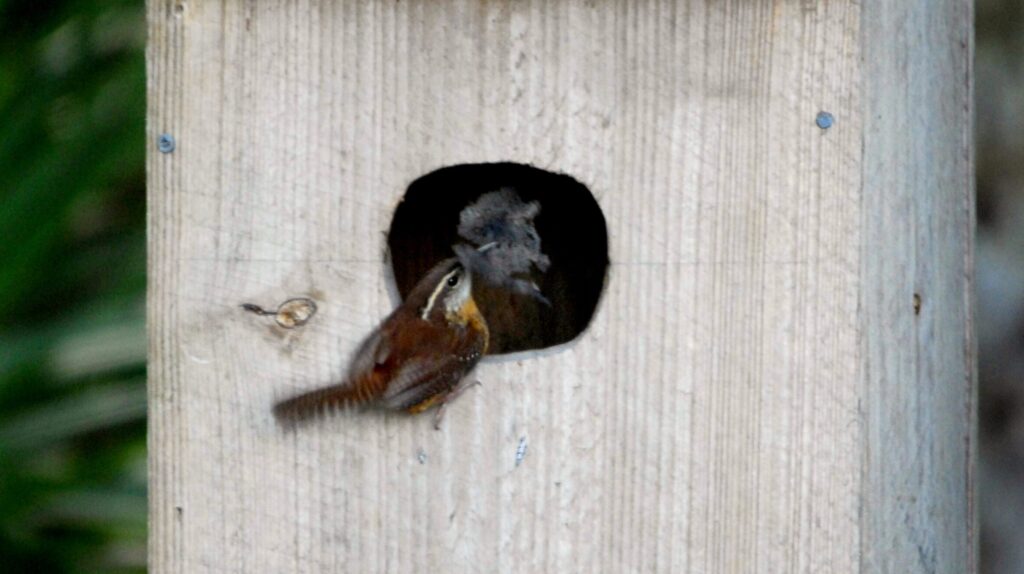
Despite the popularity of brightly painted decorative birdhouses, wrens actually prefer their homes to be as natural as possible. Untreated cedar, redwood, or cypress are ideal materials as they naturally resist decay while remaining free of potentially harmful chemicals. If you must paint a wren house, use only the exterior surfaces and choose light, neutral colors that reflect heat rather than absorb it. The interior should always remain unpainted to avoid exposing nestlings to paint fumes or chemicals. Research indicates that wrens show a clear preference for weathered, natural wood houses over freshly painted ones, possibly because they more closely resemble the natural tree cavities these birds evolved to use.
Wrens Are Sensitive to Box Placement Height Variations
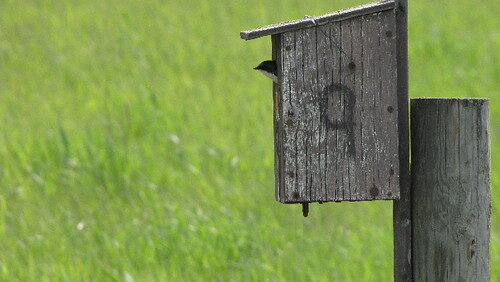
Different wren species have surprisingly specific preferences for nesting box height. House wrens typically prefer boxes mounted between 5 and 10 feet high, while Carolina wrens often choose slightly lower positions between 4 and 6 feet off the ground. Bewick’s wrens, on the other hand, tend to favor slightly higher placements of 8 to 12 feet. Understanding which wren species is common in your area can help you optimize your box placement strategy for maximum appeal. These height preferences likely evolved as adaptations to different predation pressures and habitat types in the various wren species’ native ranges, making this seemingly minor detail an important factor in attracting your target wren species.
Cleaning Schedule Affects Wren Attraction Rates
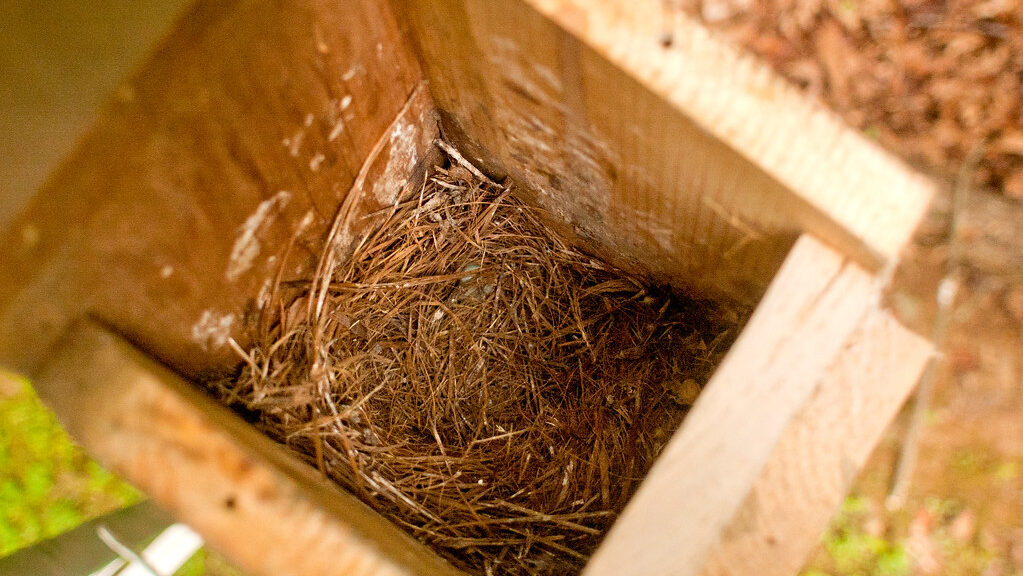
The timing of when you clean your wren house can significantly impact its attractiveness to nesting birds. Unlike some other cavity-nesting species, wrens prefer completely empty boxes at the start of nesting season. Cleaning should ideally be done in late winter or very early spring, well before the breeding season begins. However, it’s crucial never to clean out a box during the active nesting period, which typically runs from April through August in most North American regions. Some dedicated wren enthusiasts install boxes with side or front panels that open for easy cleaning and monitoring, though these must be securely fastened to prevent accidental opening during nesting. Proper cleaning not only removes old nesting material and potential parasites but also signals to prospective wren tenants that the cavity is available for new occupation.
Multiple Boxes Increase Your Chances of Wren Residents
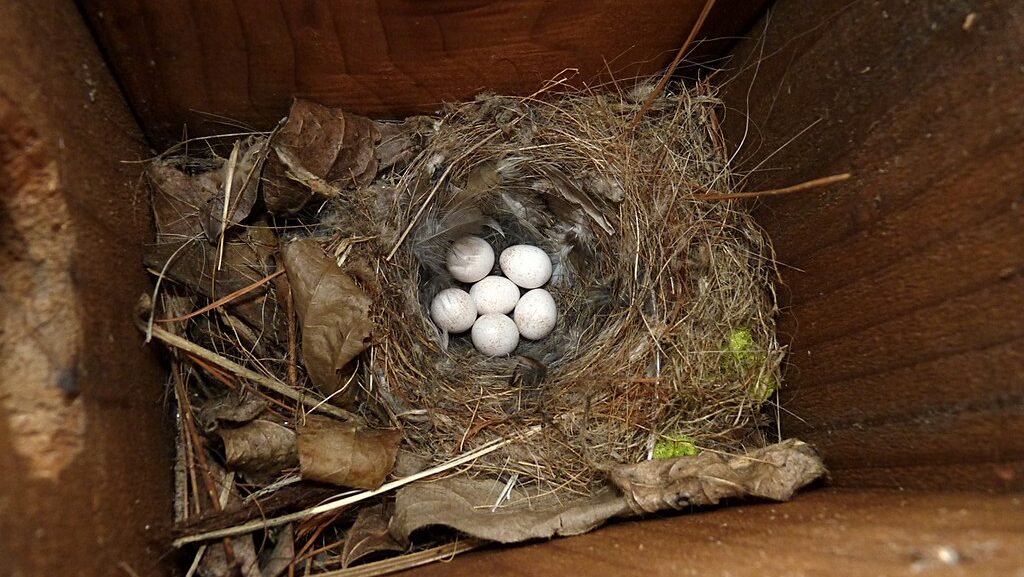
One of the most surprising and little-known facts about male wrens is their habit of building multiple “dummy nests” before females select their preferred location. To accommodate this natural behavior, successful wren attraction strategies often include placing two or three nesting boxes within a single territory, spaced about 15-20 feet apart. The male wren will typically build starter nests in all available cavities, and the female will then inspect each one before choosing her preferred site to complete the nest and lay eggs. This multiple-box approach can dramatically increase your chances of hosting a successful wren family, as it works with their natural selection process rather than against it. Providing these options acknowledges the complex courtship and nest-selection behaviors that have evolved in wren species over thousands of years.
Conclusion
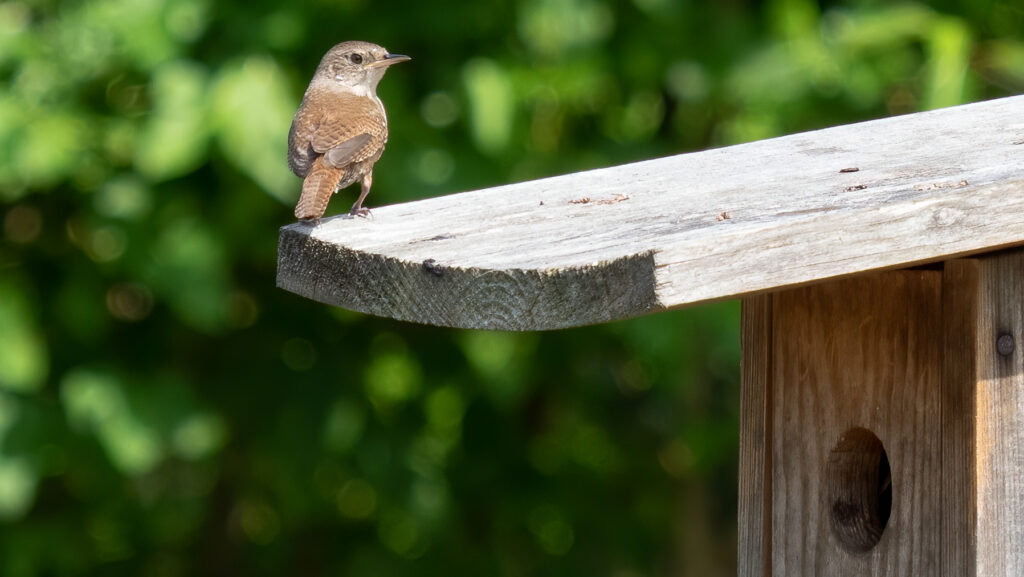
In conclusion, building the perfect wren house involves much more than simply following basic birdhouse plans. By incorporating these lesser-known specifications and features, you create a nesting environment that aligns with wrens’ evolutionary preferences and biological needs. From precise entrance hole sizing to strategic placement near protective cover, each detail contributes to creating a more attractive and successful nesting site. With these hidden facts in mind, you’re now equipped to create wren housing that goes beyond the basics, addressing the specific preferences that make wrens such fascinating and particular little architects. Happy building, and may your garden soon be filled with the delightful songs of satisfied wren families!
